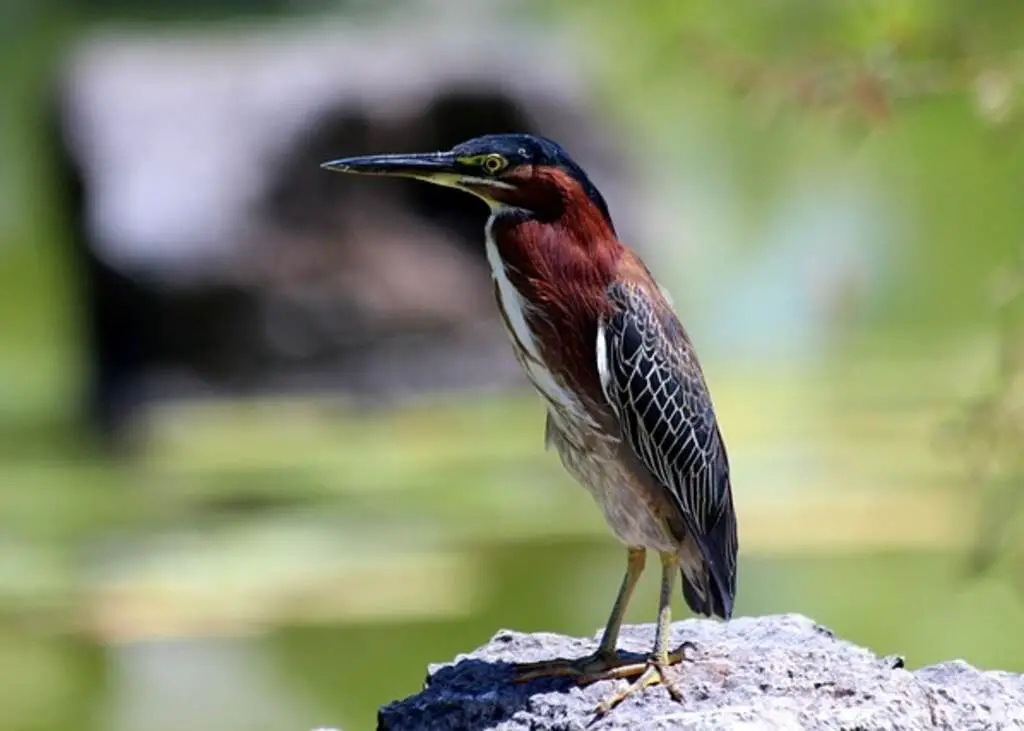If you’re an avid birdwatcher, Utah should be on your radar. The Beehive State is home to an array of unique bird species and breathtaking landscapes, making it a prime location for birdwatching enthusiasts.
In this article, we’ll explore the top birdwatching hotspots in Utah and offer valuable tips for making the most of your birdwatching experience.
Table of Contents
- 1 Key Takeaways
- 2 Top Birdwatching Hotspots In Utah
- 3 Exploring Utah’s Diverse Bird Species
- 4 Great Salt Lake: A Birdwatcher’s Paradise
- 5 Bear River Migratory Bird Refuge: A Haven for Waterbirds
- 6 Bryce Canyon National Park: A Scenic Birdwatching Destination
- 7 Antelope Island State Park: Birdwatching on an Island Oasis
- 8 Wasatch Mountain State Park: A Mountain Retreat for Birdwatching Enthusiasts
- 9 Best Time to Visit Utah for Birdwatching
- 10 Other Notable Birdwatching Spots in Utah
- 11 Conclusion
- 12 FAQs: Top Birdwatching Hotspots In Utah
- 12.1 What are the top birdwatching hotspots in Utah?
- 12.2 What kind of bird species can be found in Utah?
- 12.3 Where can I find birdwatching trails in Utah?
- 12.4 What is the best time to visit Utah for birdwatching?
- 12.5 Are there any other notable birdwatching spots in Utah?
- 12.6 How can I identify different bird species while birdwatching in Utah?
- 12.7 What should I bring with me for a birdwatching trip in Utah?
- 12.8 How can I contribute to bird conservation while birdwatching in Utah?
- 12.9 Can I go birdwatching in Utah as a beginner?
- 12.10 Where can I find more information about birdwatching in Utah?
- 13 Author
Key Takeaways
- Utah offers a diverse range of bird species and stunning landscapes for birdwatchers to explore.
- The Great Salt Lake, Bear River Migratory Bird Refuge, Bryce Canyon National Park, Antelope Island State Park, and Wasatch Mountain State Park are all notable birdwatching locations.
- Visitors should take into account the best time of year to visit Utah for optimal birdwatching opportunities.
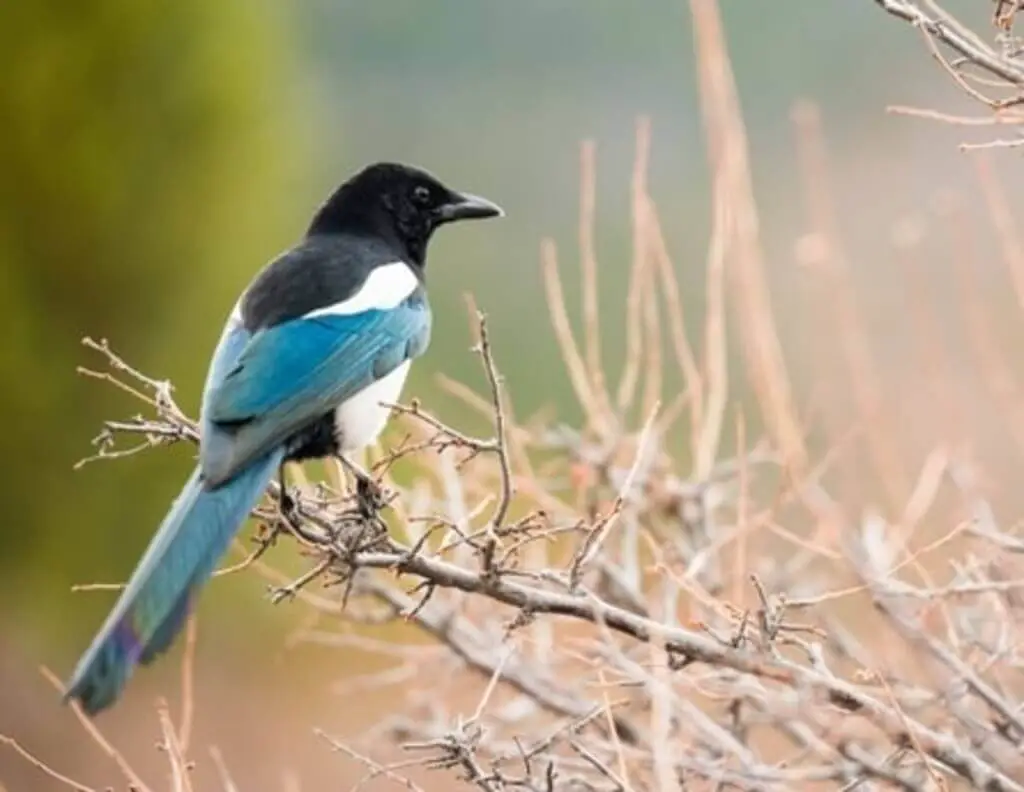
Top Birdwatching Hotspots In Utah
Utah offers a variety of habitats and bird species for birdwatchers to discover. Antelope Island State Park is a must-visit for its variety of birds, while Bear River Migratory Bird Refuge is a prime location for waterfowl. Bryce Canyon National Park is a great place to see mountain birds, while Zion National Park is home to over 200 bird species.
Great Salt Lake Shorelands Preserve is a great spot to see shorebirds. Whether you’re an experienced birdwatcher or just starting out, Utah’s birdwatching hotspots are sure to provide an unforgettable experience.
Exploring Utah’s Diverse Bird Species
Utah is home to a wide variety of bird species, making it an ideal destination for birdwatchers of all levels. From the stunning Sandhill Crane to the elusive and unique Great Gray Owl, there is plenty to discover in this beautiful state. Whether you are a beginner or an experienced birdwatcher, Utah offers a range of options for observing its birdlife.
Identifying Different Bird Species
Identifying different bird species can be a rewarding challenge for birdwatchers. A helpful way to differentiate between them is to focus on their physical characteristics. For instance, size, shape, color, and markings are all helpful factors.
Additionally, birdwatchers can also rely on sound and behavior to identify different bird species. Songs, calls, and movements are unique to each bird species and can help birdwatchers differentiate between similar-looking birds.
Diverse Range of Bird Species Found in Utah
Utah’s diverse landscape provides a habitat for a wide range of bird species. Some of the notable species found in Utah include:
| Bird Species | Notable Characteristics |
|---|---|
| Bald Eagle | National Symbol of the United States |
| Sandhill Crane | Known for its loud, prehistoric-sounding calls |
| Great Gray Owl | One of the largest owl species in the world |
| Pinyon Jay | Known for its unique blue-gray coloring and social behavior |
These are just a few examples of the many different bird species found in Utah. With a little patience and observation, visitors can add many more to their birdwatching checklist.
Great Salt Lake: A Birdwatcher’s Paradise
The Great Salt Lake is one of the top birdwatching hotspots in Utah, attracting birdwatchers from all over the world. With its unique landscape and diverse range of bird species, it is no wonder it is a haven for birdwatching enthusiasts.
The lake offers several popular birdwatching trails, such as the Antelope Island Causeway and the Great Salt Lake Shorelands Preserve. These trails allow visitors to observe a variety of bird species, including the American avocet, Wilson’s phalarope, and the eared grebe.
The Great Salt Lake also hosts a number of birdwatching events throughout the year, such as the annual Great Salt Lake Bird Festival. This festival offers a variety of activities, including guided birdwatching tours, workshops, and presentations by top birding experts.
One unique feature of the Great Salt Lake is the opportunity to observe large flocks of shorebirds as they stop at the lake during their migration. Visitors can witness thousands of birds flock to the lake, creating an unforgettable sight.
If you are planning a birdwatching trip to Utah, then the Great Salt Lake is a must-visit location. Its breathtaking landscape and diverse bird species make it a paradise for birdwatchers of all levels.
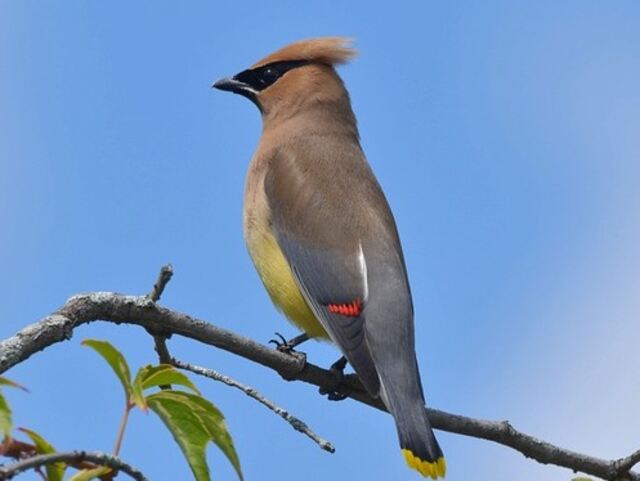
Bear River Migratory Bird Refuge: A Haven for Waterbirds
The Bear River Migratory Bird Refuge is a prime location for birdwatching in Utah, with a particular focus on waterbirds. This refuge spans over 74,000 acres and is home to a variety of habitats that attract different bird species.
With a good birdwatching checklist, visitors can spot a significant number of bird species while enjoying the stunning scenery.
Bird Species in the Bear River Migratory Bird Refuge
The Bear River Migratory Bird Refuge is home to over 200 bird species. It is particularly renowned for its waterbirds, including ducks, geese, pelicans, and herons. The refuge also boasts an impressive number of shorebirds and songbirds, making it an excellent location for birdwatching enthusiasts with different interests.
Some of the notable bird species that can be observed at the refuge include:
- American Avocet
- White-faced Ibis
- Sandhill Crane
- Yellow Warbler
- Bullock’s Oriole
Birdwatching Checklist for the Bear River Migratory Bird Refuge
Visitors to the Bear River Migratory Bird Refuge should bring along a birdwatching checklist to ensure that they don’t miss any species. Some of the must-have items on the checklist include:
- Binoculars or spotting scope to observe birds from a distance
- Field guide to identify different bird species
- Camera to capture the stunning scenery and bird sightings
- Comfortable hiking shoes as some trails can be uneven
- Appropriate clothing depending on the season and weather conditions
With the right gear and a good checklist, visitors can enjoy a rewarding birdwatching experience at the Bear River Migratory Bird Refuge.
Bryce Canyon National Park: A Scenic Birdwatching Destination
Bryce Canyon National Park is a stunning location for birdwatching enthusiasts, offering breathtaking landscapes and unique bird species to observe. The park is located in southwestern Utah and is recognized for its distinctive geological formations known as hoodoos.
While birdwatching in Bryce Canyon National Park, visitors can spot a variety of bird species including the Western Tanager, White-Throated Swift, Bald Eagle, and Northern Goshawk. Additionally, the park is home to the rare and elusive California Condor.
Birdwatching Tips for Beginners
For those new to birdwatching, Bryce Canyon National Park offers a great starting point. As with any location, it is important to bring the proper gear and to be patient when observing birds. Here are a few tips:
- Binoculars are essential for spotting birds from a distance. Look for ones that are lightweight and easy to carry.
- Wear comfortable clothing and shoes suitable for the terrain. The park has various trails, so be prepared for hiking.
- Download a birdwatching app or bring a bird guidebook to help identify the different species in the park.
Bryce Canyon National Park also offers ranger-led birdwatching tours, which provide a great opportunity to learn more about the park’s bird species and their habitats. Check with the park’s visitor center for more information on scheduling and availability.
Unique Landscape Features in Bryce Canyon National Park
Beyond its diverse bird species, Bryce Canyon National Park offers a range of unique landscape features that make it a special destination for birdwatching. The park’s hoodoos are rock formations shaped by erosion that create stunning vistas and provide habitats for a variety of birds. Additionally, the park is home to a range of plant species that also serve as habitats for bird populations.
“Bryce Canyon National Park is a must-see for any birdwatching enthusiast. Its unique geological formations and diverse bird species make it an unforgettable experience!”
Plan your visit to Bryce Canyon National Park for a birdwatching adventure that will leave you in awe of the natural beauty found in Utah.
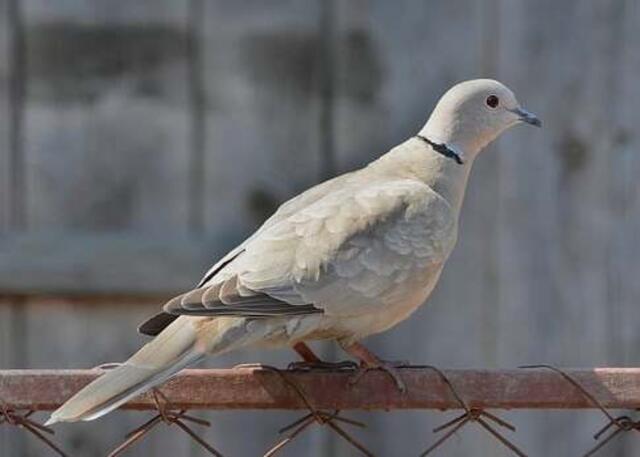
Antelope Island State Park: Birdwatching on an Island Oasis
Antelope Island State Park is located on the largest island in the Great Salt Lake and is home to a thriving bird population. The island features an extensive network of trails, providing visitors with ample opportunities to observe a variety of bird species.
One of the most popular trails for birdwatching is the Lakeside Trail. This scenic trail follows the shoreline of the Great Salt Lake and offers stunning views of the surrounding mountains. Here, visitors can spot various waterbirds, including American Avocets, White-faced Ibises, and Snowy Plovers.
The Frary Peak Trail also provides excellent birdwatching opportunities. Visitors can observe raptors, such as Golden Eagles and Red-tailed Hawks, soaring high above the rugged mountain peaks.
Bird Species to Look Out For
Antelope Island State Park is home to a diverse range of bird species, both resident and migratory. Visitors should keep an eye out for the following species:
| Bird Species | Time of Year |
|---|---|
| Bald Eagle | Winter |
| Sage Thrasher | Spring and Summer |
| Horned Lark | Winter |
| Western Meadowlark | Spring and Summer |
Visitors can also spot Great Horned Owls, Swainson’s Hawks, Chukars, and American Kestrels, among other bird species. The island’s unique ecosystem and diverse range of habitats make it an ideal location for birdwatching enthusiasts.
Visiting Antelope Island State Park
Antelope Island State Park is open year-round, with some facilities and services only available during certain months. Visitors can obtain a day-use permit upon entry to the park, which includes access to all trails and overlooks. The island also features a Visitor Center, where visitors can learn more about the island’s history and ecology.
Those interested in camping can reserve a campsite in advance through the park’s website. The island offers primitive and developed campsites, as well as cabins.
Visitors should pack sunscreen, plenty of water, and snacks for their visit. Binoculars and bird field guides are also recommended for optimal birdwatching experiences.
Wasatch Mountain State Park: A Mountain Retreat for Birdwatching Enthusiasts
If you’re looking for a peaceful retreat in the mountains, head to Wasatch Mountain State Park. Located in Heber Valley, this park offers breathtaking views and a diverse range of bird species to observe.
Popular bird species found in the park include the American Dipper, Bald Eagle, and Black-headed Grosbeak. The park is also home to the elusive Northern Pygmy Owl, which can be spotted during the winter months.
For beginners, the park offers a birdwatching trail that’s accessible to all skill levels. The trail is well-maintained and takes visitors past a variety of habitats, including meadows, forests, and wetlands. Be sure to bring your binoculars and a birdwatching guide to help you identify the different species you encounter.
If you’re more experienced, consider hiking one of the park’s more challenging trails. The Wasatch Mountain Range offers stunning views and a chance to observe unique mountain species, such as the Mountain Bluebird and White-tailed Ptarmigan.
When planning your birdwatching trip to Wasatch Mountain State Park, keep in mind that the best time to visit is during the summer months. This is when most of the park’s bird species are active and breeding. However, fall and winter can offer a quieter and more peaceful birdwatching experience.
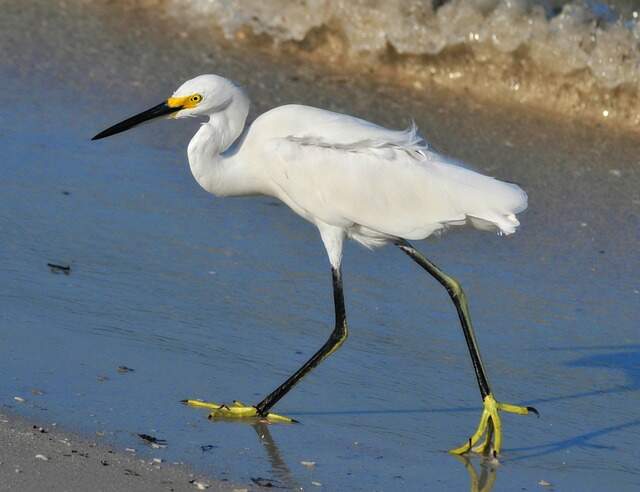
Best Time to Visit Utah for Birdwatching
Utah offers excellent birdwatching opportunities year-round, but different seasons and months offer different experiences. To make the most of your birdwatching trip to Utah, it’s important to plan your visit accordingly. Here’s a guide to the best time to visit Utah for birdwatching:
| Season | Best Months for Birdwatching | Notable Bird Species |
|---|---|---|
| Spring | April-May | Warblers, Sandhill Cranes, Sage-Grouse, Swallows |
| Summer | June-August | Raptors, Hummingbirds, Shorebirds, Waterfowl |
| Fall | September-October | Migratory Birds, Waterfowl, Raptors |
| Winter | November-March | Bald Eagles, Snow Geese, Owls |
Overall, spring and fall are the best seasons for birdwatching in Utah, as they offer the widest variety of bird species and optimal weather conditions. However, each season has its unique highlights, and winter birdwatching can be particularly rewarding for spotting rare and elusive species.
Whenever you choose to visit, be sure to check the weather forecast and dress appropriately for the season. Remember to bring binoculars, a field guide, and plenty of water. Happy birdwatching!
Other Notable Birdwatching Spots in Utah
In addition to the top birdwatching hotspots in Utah mentioned earlier, there are several other notable locations in the state that offer excellent birdwatching opportunities.
| Location | Notable Bird Species |
|---|---|
| Ogden Nature Center | American goldfinch, belted kingfisher, Cooper’s hawk |
| Red Butte Garden and Arboretum | Cedar waxwing, chukar, great horned owl, black-capped chickadee |
| Dead Horse Point State Park | Peregrine falcon, red-tailed hawk, cliff swallow |
Ogden Nature Center is a 152-acre nature preserve with numerous trails that wind through wetlands, forests, and meadows, providing opportunities to spot a variety of bird species.
Red Butte Garden and Arboretum, located in Salt Lake City, is not only a beautiful botanical garden but also a birdwatching hotspot with over 200 different bird species recorded in the area.
Dead Horse Point State Park, known for its stunning views of the Colorado River and Canyonlands National Park, is also a great place for birdwatching, particularly for raptors.
If you’re looking for less crowded birdwatching locations or simply want to explore new areas, these spots are definitely worth checking out.
Conclusion
If you’re a birdwatching enthusiast, Utah is the place to be. From the salt flats to the mountain ranges, the state boasts a diverse range of bird species and breathtaking landscapes for you to explore.
In this article, we have highlighted some of the top birdwatching hotspots in Utah, including the Great Salt Lake, Bear River Migratory Bird Refuge, Bryce Canyon National Park, Antelope Island State Park, and Wasatch Mountain State Park. We have also provided information on the best time to visit Utah for birdwatching and mentioned other notable birdwatching spots in the state.
We encourage you to visit these locations and experience the beauty of Utah’s birds firsthand. Remember to respect the natural habitats of these birds and follow ethical birdwatching practices. Happy birdwatching!
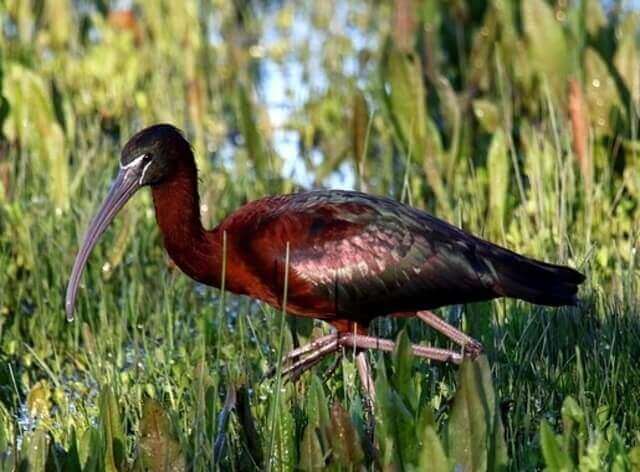
FAQs: Top Birdwatching Hotspots In Utah
What are the top birdwatching hotspots in Utah?
The top birdwatching hotspots in Utah include the Great Salt Lake, Bear River Migratory Bird Refuge, Bryce Canyon National Park, Antelope Island State Park, and Wasatch Mountain State Park.
What kind of bird species can be found in Utah?
Utah is home to a diverse range of bird species, including waterbirds, raptors, songbirds, and migratory birds. Some notable species include the California Gull, Bald Eagle, Western Meadowlark, and Black-capped Chickadee.
Where can I find birdwatching trails in Utah?
Birdwatching trails can be found in various locations throughout Utah, including the Great Salt Lake, Bear River Migratory Bird Refuge, Bryce Canyon National Park, Antelope Island State Park, and Wasatch Mountain State Park.
What is the best time to visit Utah for birdwatching?
The best time to visit Utah for birdwatching depends on the season and the specific bird species you are interested in observing. Spring and fall are generally good times to spot migratory birds, while summer offers opportunities to see breeding birds.
Are there any other notable birdwatching spots in Utah?
Yes, there are several other notable birdwatching spots in Utah, including Zion National Park, Fish Springs National Wildlife Refuge, and Red Cliffs National Conservation Area.
How can I identify different bird species while birdwatching in Utah?
To identify different bird species, it is helpful to carry a field guide or use a bird identification app. Pay attention to the bird’s size, shape, coloration, behavior, and call to help with identification.
What should I bring with me for a birdwatching trip in Utah?
It is recommended to bring binoculars, a field guide or bird identification app, a notebook and pen for recording observations, comfortable clothing and footwear, sunscreen, insect repellent, and water and snacks for hydration and energy.
How can I contribute to bird conservation while birdwatching in Utah?
You can contribute to bird conservation by practicing ethical birdwatching, respecting wildlife and their habitats, supporting local conservation organizations, and reporting any rare or endangered bird sightings to relevant authorities.
Can I go birdwatching in Utah as a beginner?
Absolutely! Utah offers birdwatching opportunities for beginners. It is recommended to start with easier locations such as state parks or national parks, where you can find a wide variety of bird species and resources to help you learn.
Where can I find more information about birdwatching in Utah?
For more information about birdwatching in Utah, you can visit the websites of the Utah Division of Wildlife Resources, Utah State Parks, and local birding organizations. Additionally, there are several books and online resources available for birdwatching enthusiasts.

